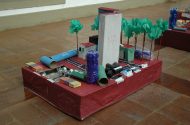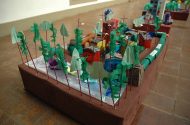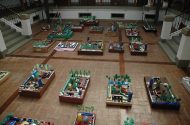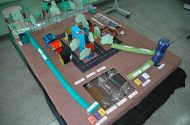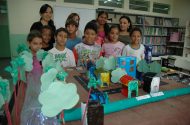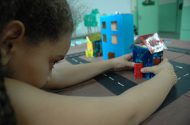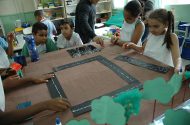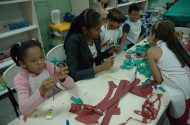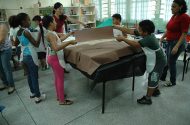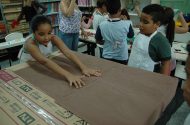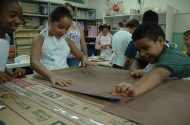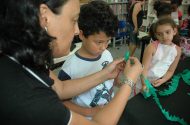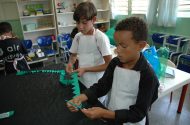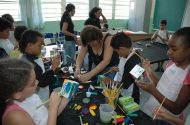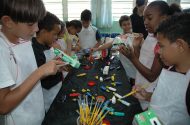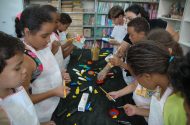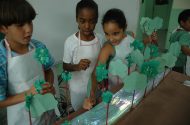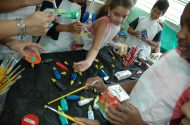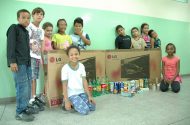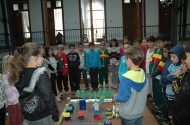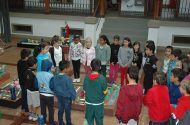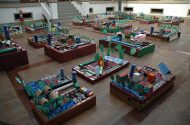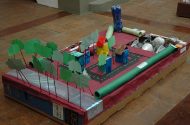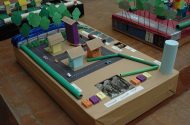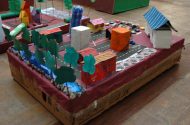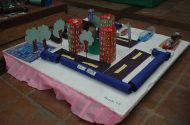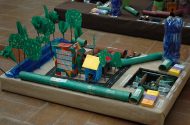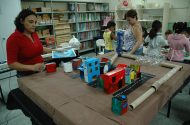The Sanitation Cycle Model project
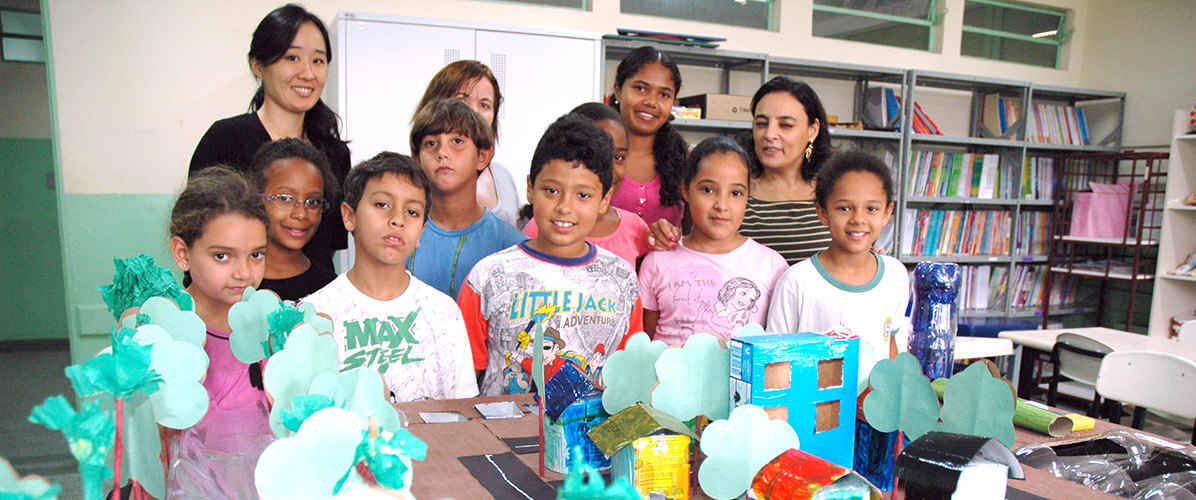


How does the urban sanitation cycle work?
At the end of 2012, an opinion survey was carried out by the São Paulo State Government in 12 cities located in the Metropolitan Region of Campinas and in the Urban Agglomerate of Jundiaí, the two most dense regions near São Paulo, Brazil. More than two million people live in that area. The main objective of this survey was to verify how satisfied people were about the sanitation services offered by the São Paulo Sanitation Company. As public relations, I had high expectations on its outcome.
Although the results showed that the citizens were satisfied with the services offered, a preoccupying information came up among other successful numbers: more than 54% of people interviewed affirmed not to be sure if the water supplied to their homes was potable or not. In short, when put together with other statistics, that number showed that many people living in that urban region, one of the most prominent economic centers in Brazil, did not know where the water they consumed came from. In fact, when those numbers were depicted in detail it was possible to see that many people affirmed that “water comes from the tap”, instead from the nature.
I was personally concerned because that scenario was directly related to the way I used to communicate with that community both in terms of political discourse and communication campaigns (social media, TV, etcetera). Despite the fact that people were satisfied with the sanitation services, maybe the concept we used to conduct the communication with the population of a river basin that faces constant water scarcity was completely wrong!
Two questions directed the decisions I made then: i) how could I talk to as much people as possible, in a way that the whole concept of the water cycle in urban context could be perceived? ii) how to do it with a restrict budget?
With these questions in mind, a few weeks after the survey was presented I attended to a science fair organized by a municipal school located in the Hortolândia city, nearby Campinas. Over there, among other works, 10 children decided to construct a model of the Hortolândia sanitation system, using recycled products. The minute I saw the model and when I noticed the parents of those children side by side with them, taking pictures with their phones and posting at social media, I saw an opportunity:
“Maybe if I could transform the idea of constructing a model of the sanitation system into a brochure or a guide, inviting children and parents to build it together, as a family pleasant activity, and spread the brochure for all the schools of the region, so teachers could also work with the children in classroom. Thus, this activity would not only provide a visual authentic simulation of the cycle of water in an urban scenario, but it would also stimulate children and parents to spend some time together. Yet, teachers could use this opportunity to work with sanitation in a multidisciplinary approach, at Biology, Geography and Mathematics classes.”
The success was terrific. It was printed a first edition of 10 thousand copies of the folder, donated for all the municipal schools of the 12 cities where the opinion survey was conducted. New requests for more editions were made, and other 5 thousand copies were printed and distributed. The original file of the guide was sent to many other cities and even other Brazilian states, spreading the idea for the entire country.
Project goals
1. With the spatial concept of the model, which offers an intense apprehension of the information, the project offered the knowledge of the process that goes from the water catchment in its natural source until the treatment and adequate disposal of the sewage;
2. With the use of discarded materials, found easily, the assembly of the model becomes simple and easily accessible, both at school and at home, together with the family.
3. This way, the knowledge about the water cycle in urban context was spread widely and easily, in a funny way, without having to count on expensive budgets required for tv and social media campaigns, what in many ways can be less effective.
First target audience
Students in primary school and their relatives
Achievements
The preservation of water resources is linked to behavioral aspects. This brochure, that teaches how to build a model of the sanitation cycle with disposed materials, offers in a playful and objective way the notion of the complexity of the urban sanitation system, which contributes to awakening the collective care for this essential good.
Results
Since it is a education process, the statistics have been evolving slowly. However, the popularity of the project has increased exponentially, and many other companies and municipalities have been getting in touch to request new materials and suggestions.

